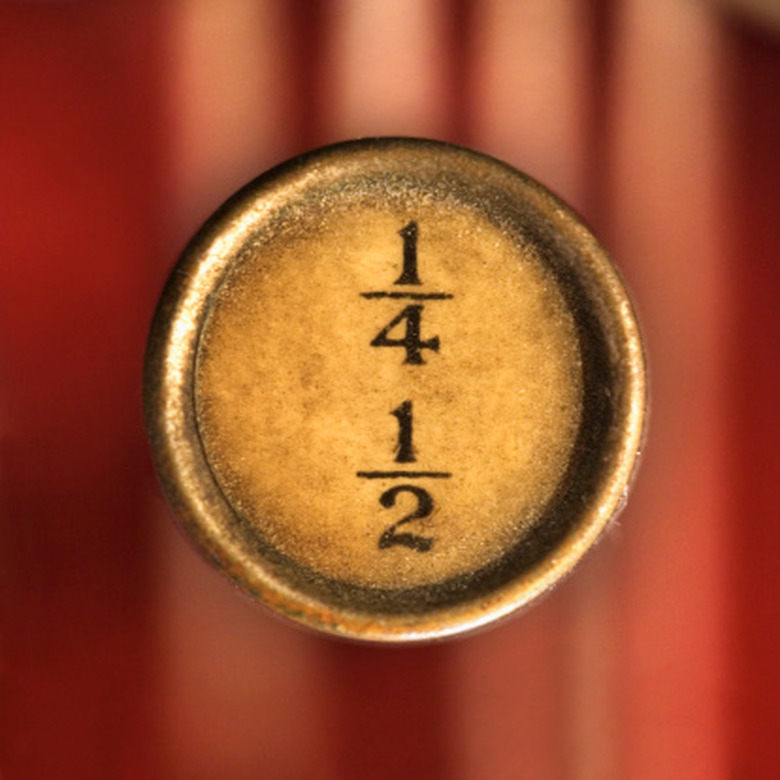How To Solve Math Problems With Fractions
Fractions show parts of a whole. The denominator, or bottom half of the fraction, represents how many parts make up a whole. The numerator, or top half of the fraction, represents how many parts are being discussed. Students often have trouble understanding the concept of fractions, which can lead to difficulty completing fraction problems. The more the students practice with fraction, the easier they will become.
Step 1
Add and subtract the numerators of a set of fractions when the denominators are the same. Leave the denominator as it is. For example, 1/5 + 2/5= 3/5.
Step 2
Find the least common denominator for a pair of fractions that do not have the same denominator. For example, 2/4 and 1/3 would need to be changed to have a denominator of 12. Multiply the numerators by the same number you multiplied the denominators by. 2/4 would become 6/12, and 1/3 would become 4/12. Add or subtract the numerators and leave the denominator the same.
Step 3
Multiply the numerators of a pair of fractions and then the denominators when the problem is a multiplication problem. For example, 2/5 x 3/10 would equal 6/50.
Step 4
Reduce fractions to their simplest form. This is done by dividing the numerator and denominator of the fraction by their greatest common factor. 6/50 would become 3/25 because 2 is the greatest common factor of 6 and 50.
Step 5
Divide fractions by flipping the second fraction in each equation and turning it in to a multiplication problem. Then multiply. For example, 2/3 divided by 1/9 is changed to 2/3 x 9/1, which equals 18/3.
Step 6
Simplify improper fractions by turning them in to mixed numbers. 18/3 becomes 6 because 3 can go in to 18 six whole times. When the numerator is higher than the denominator, you must see how many times the denominator can go in to the numerator. That is the whole number. If the denominator does not go in to the numerator an equal amount of times, the remainder can be turned back in to a fraction. For example, 20/3 becomes 6 2/3.
Step 7
Turn mixed numbers into improper fractions by multiplying the whole number with the denominator of the fraction. Add the numerator to that figure to get the numerator for the improper fraction. The denominator for the fraction part of the mixed number remains the denominator for the improper fraction. For example, 2 3/4 becomes 11/4.
TL;DR (Too Long; Didn't Read)
Practice working with fractions each day until you fully master them. Free fraction worksheets are available online if you don't have any extra problems in your textbook.
References
- "Horizons Math Teacher's Guide 6"; Cindi Mitchell and Lori Fowler; 2000
Cite This Article
MLA
Bodine, Alicia. "How To Solve Math Problems With Fractions" sciencing.com, https://www.sciencing.com/solve-math-problems-fractions-7964895/. 24 April 2017.
APA
Bodine, Alicia. (2017, April 24). How To Solve Math Problems With Fractions. sciencing.com. Retrieved from https://www.sciencing.com/solve-math-problems-fractions-7964895/
Chicago
Bodine, Alicia. How To Solve Math Problems With Fractions last modified August 30, 2022. https://www.sciencing.com/solve-math-problems-fractions-7964895/
